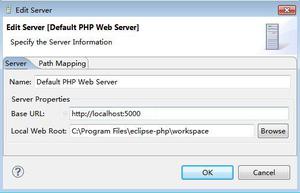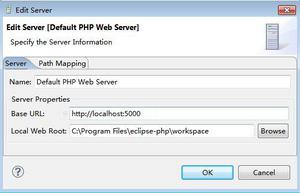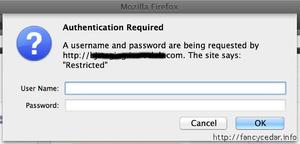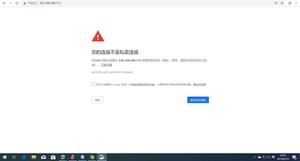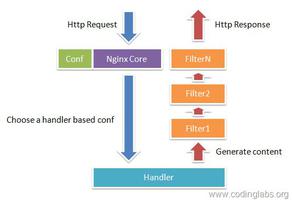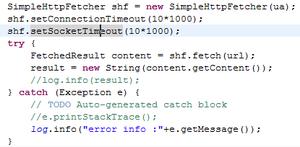【Python】Python 入门系列 —— 11. string 常用方法介绍
python 自带了一些 function 函数可用在 string 操作上。
大写化 string
可以使用 upper() 函数将字符串大写化。
a = "Hello, World!"
print(a.upper())
PS E:\dream\markdown\python> & "C:/Program Files (x86)/Python/python.exe" e:/dream/markdown/python/app/app.py
HELLO, WORLD!
小写化 string
和上面相反,lower() 函数可以实现字符串小写化。
a = "Hello, World!"
print(a.lower())
PS E:\dream\markdown\python> & "C:/Program Files (x86)/Python/python.exe" e:/dream/markdown/python/app/app.py
hello, world!
剔除空格
实际开发中经常会存在 string 的前后存在空格,要想移除的话可以使用 strip() 来踢掉字符串前后的空格。
a = " Hello, World! "
print(a.strip()) # returns "Hello, World!"
PS E:\dream\markdown\python> & "C:/Program Files (x86)/Python/python.exe" e:/dream/markdown/python/app/app.py
Hello, World!
替换字符串
使用 replace() 函数可以实现将 string 中某一个子串替换成另一个子串。
a = "Hello, World!"
print(a.replace("H", "J"))
切分字符串
使用 split() 函数将一个字符串按照指定分隔符转换成数组,如下所示:
a = "Hello, World!"
print(a.split(",")) # returns ['Hello', ' World!']
PS E:\dream\markdown\python> & "C:/Program Files (x86)/Python/python.exe" e:/dream/markdown/python/app/app.py
['Hello', ' World!']
转义字符
如果想在字符串中插入一个非法字符,要处理这种情况需要将非法字符进行 转义,用法就是在 非法字符 前使用 \ 即可。
先看一个错误的场景。
txt = "We are the so-called "Vikings" from the north."
print(txt)
PS E:\dream\markdown\python> & "C:/Program Files (x86)/Python/python.exe" e:/dream/markdown/python/app/app.py
File "e:/dream/markdown/python/app/app.py", line 2
txt = "We are the so-called "Vikings" from the north."
^
SyntaxError: invalid syntax
正确的做法如下:
txt = "We are the so-called \"Vikings\" from the north."
print(txt)
PS E:\dream\markdown\python> & "C:/Program Files (x86)/Python/python.exe" e:/dream/markdown/python/app/app.py
We are the so-called "Vikings" from the north.
关于更多的方法使用,可参照如下图:
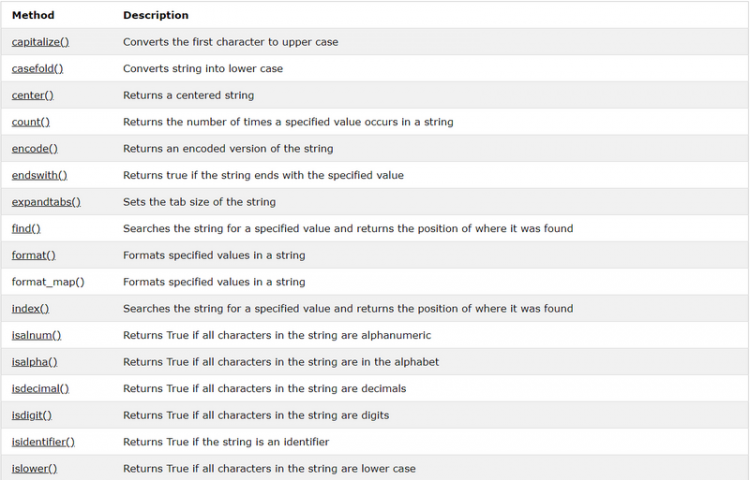
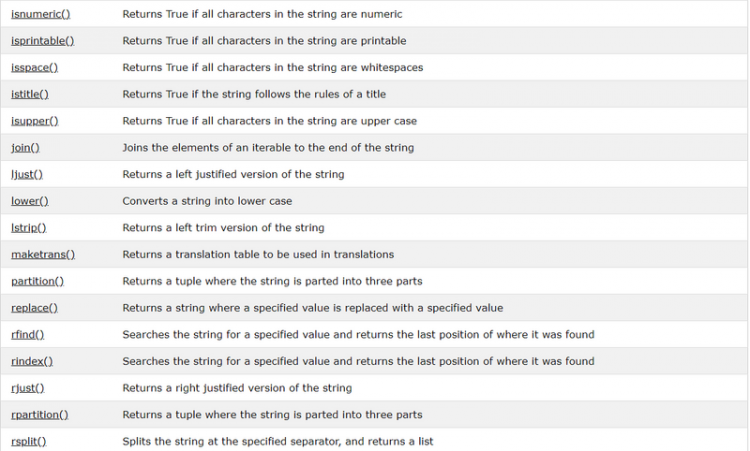
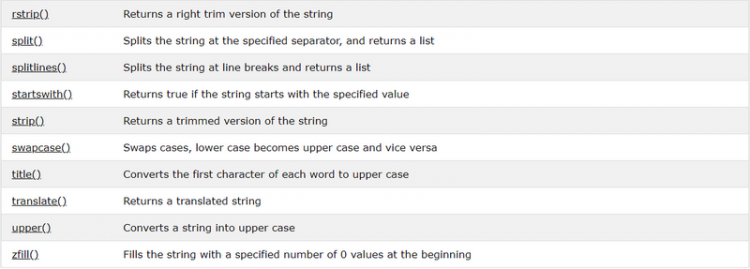
更多高质量干货:参见我的 GitHub: python
以上是 【Python】Python 入门系列 —— 11. string 常用方法介绍 的全部内容, 来源链接: utcz.com/a/93867.html

